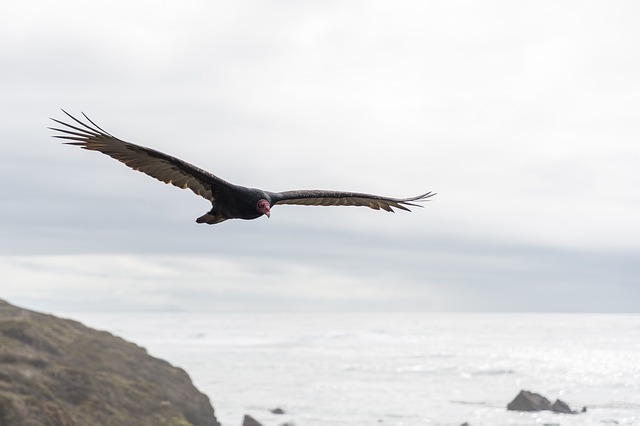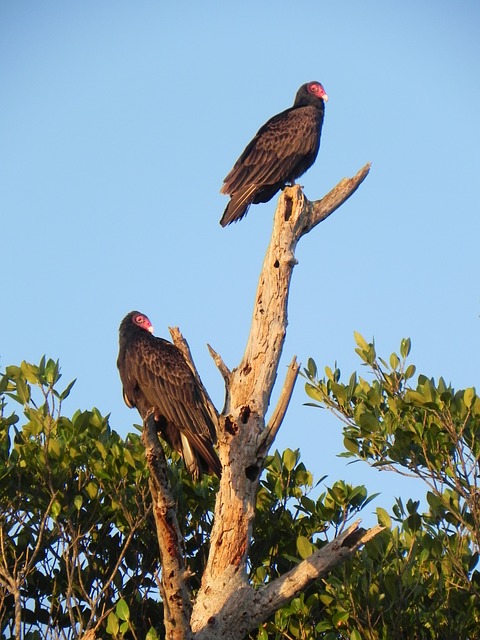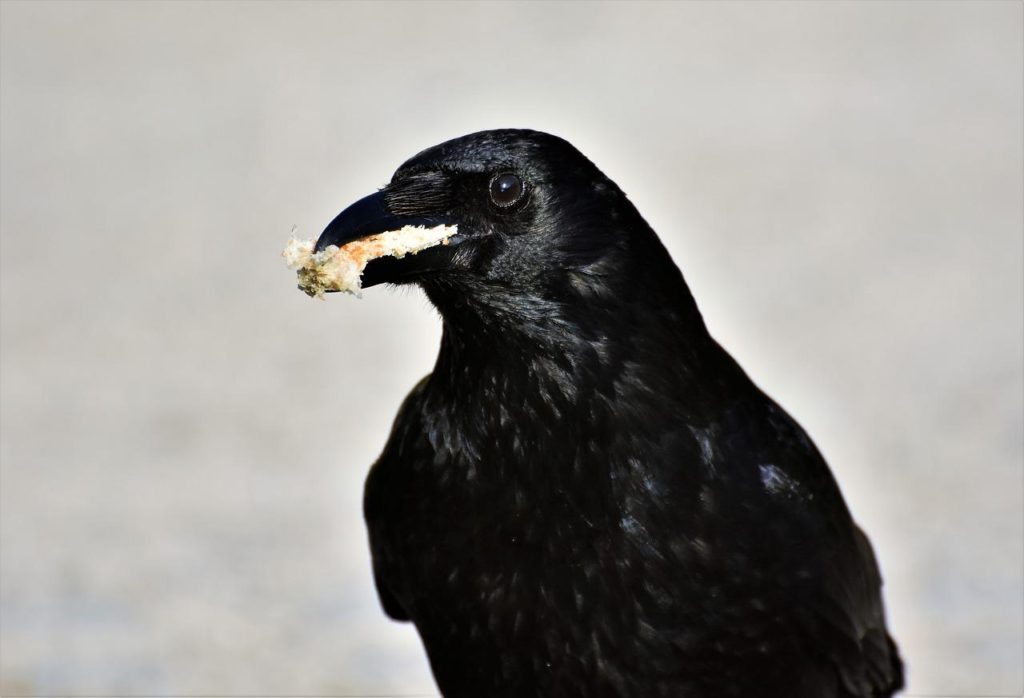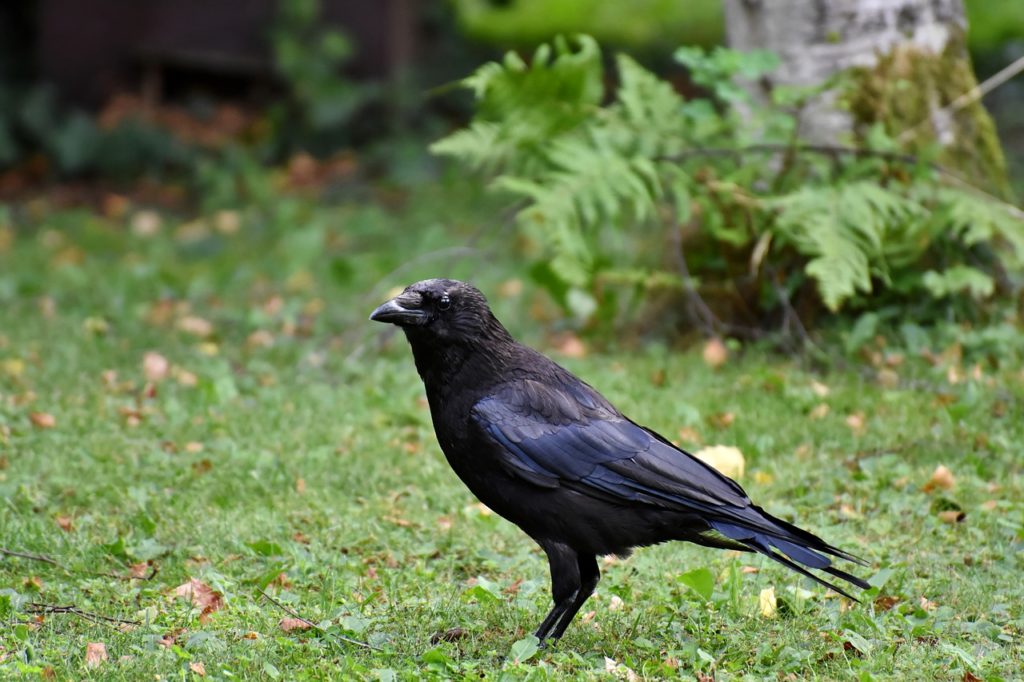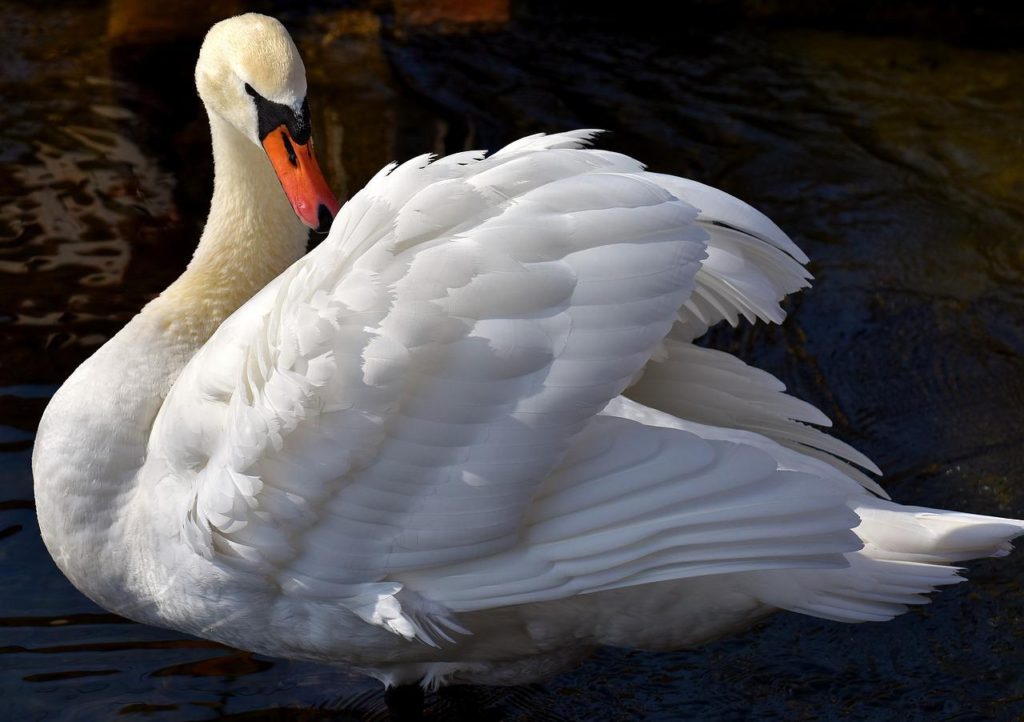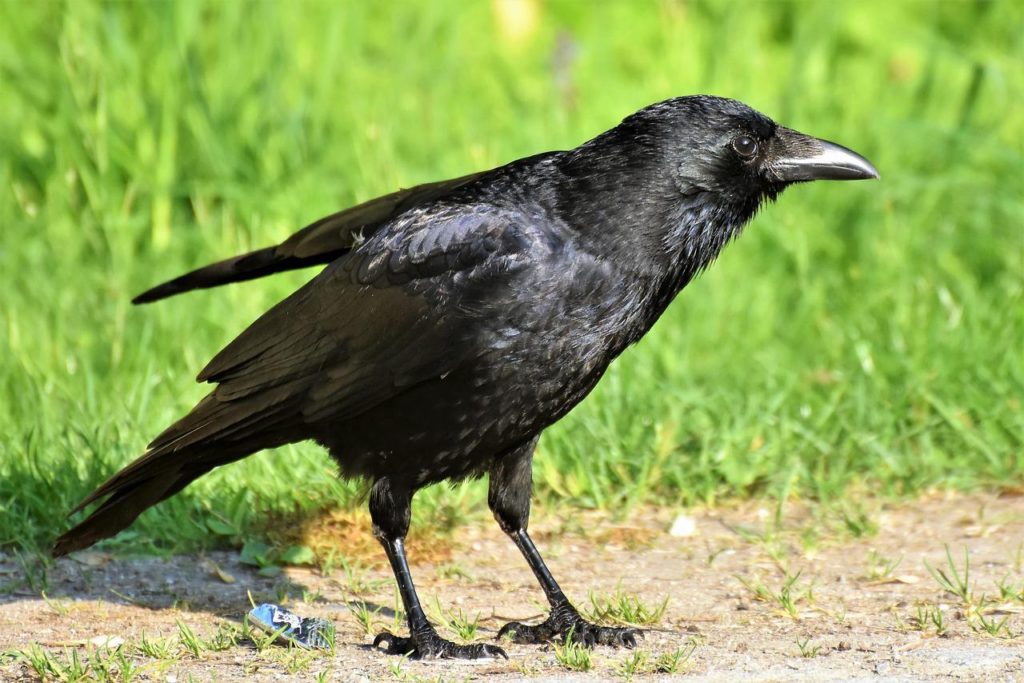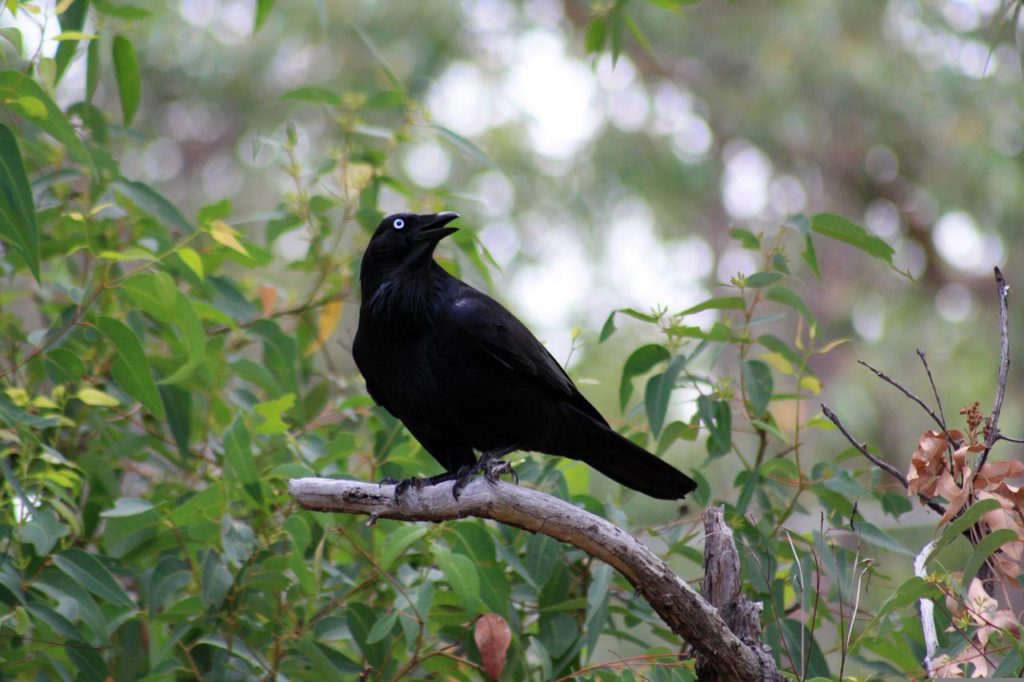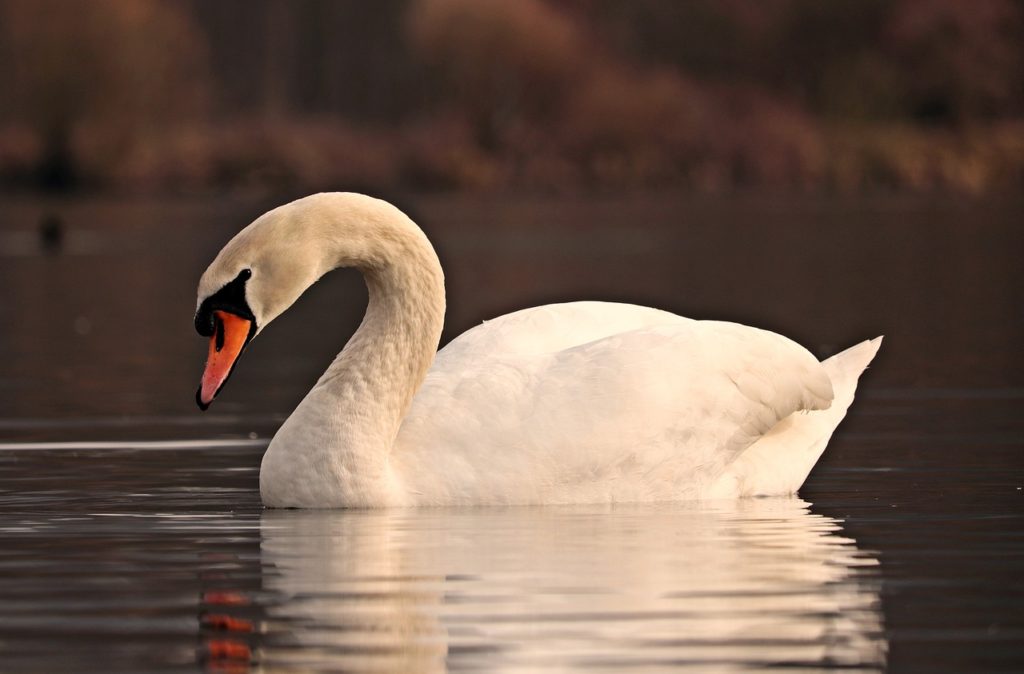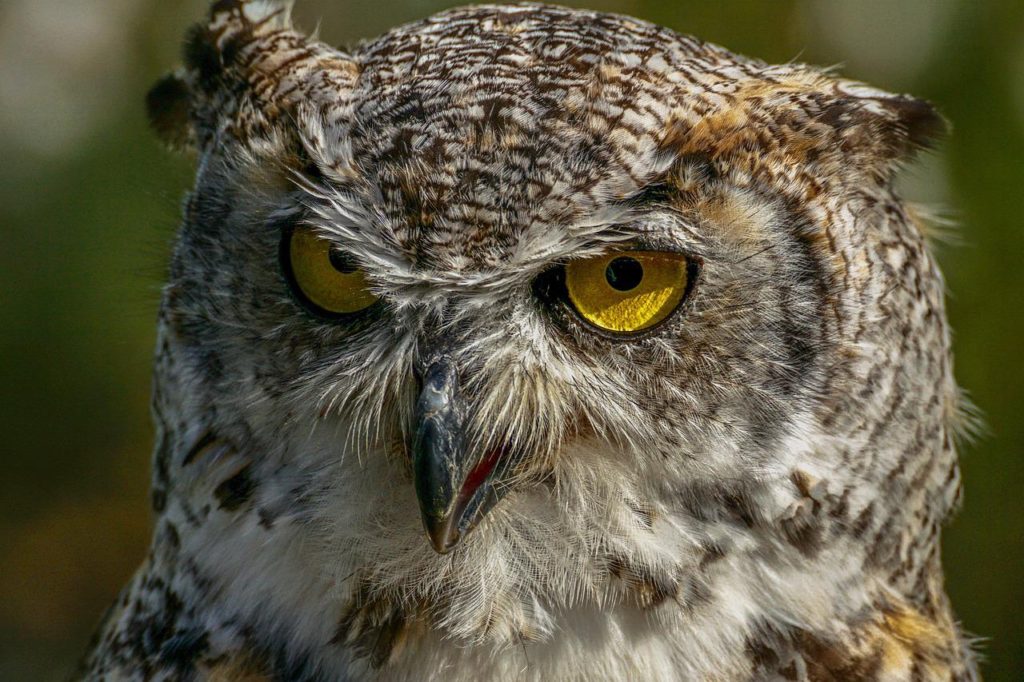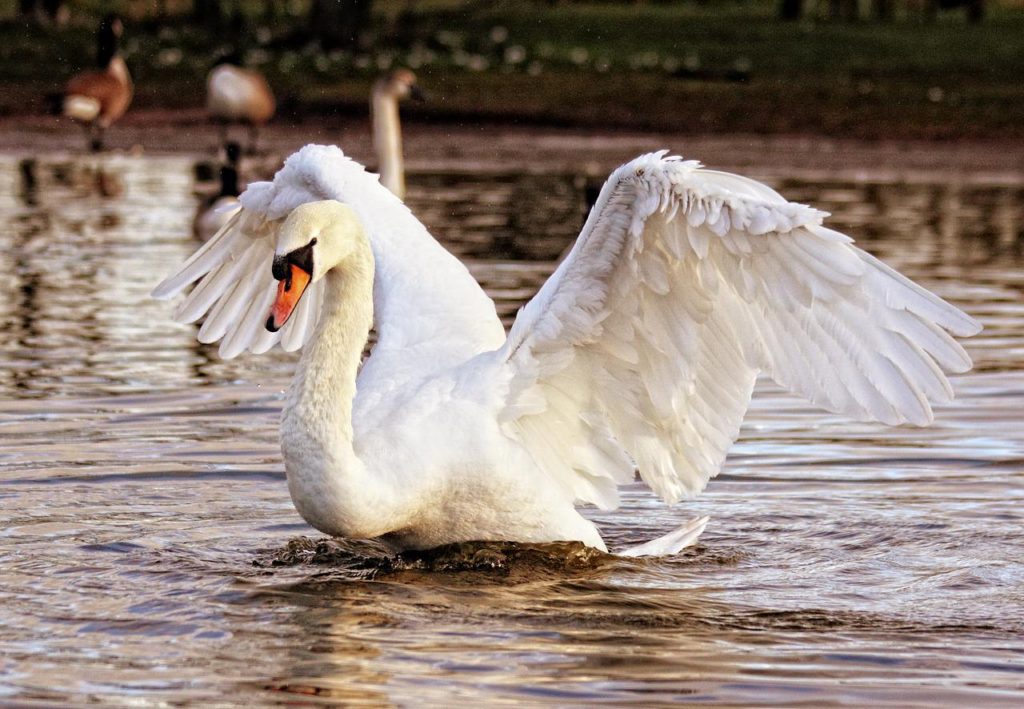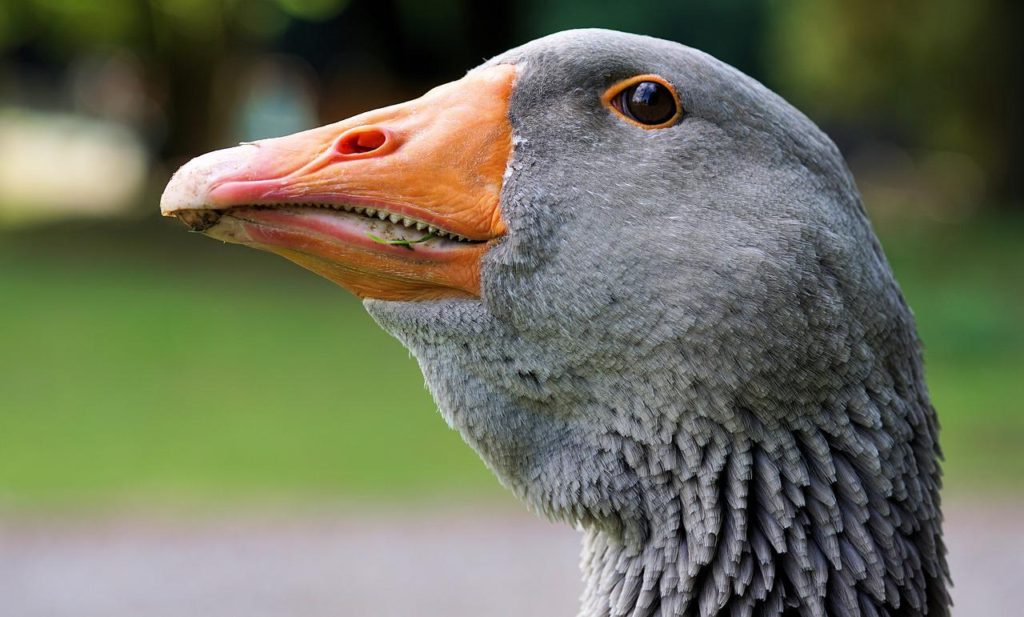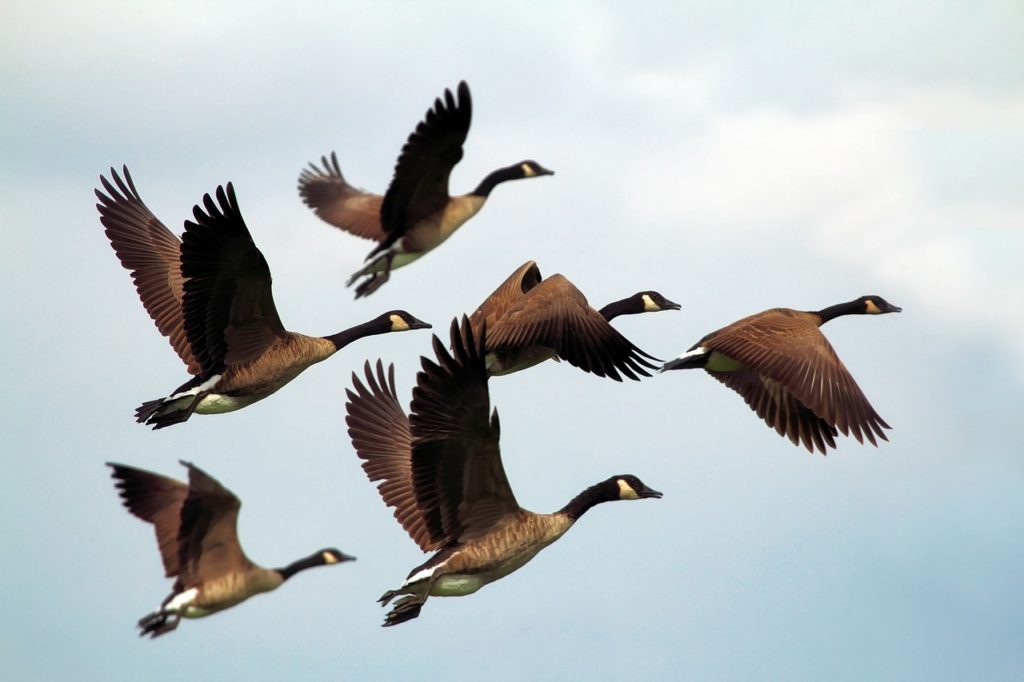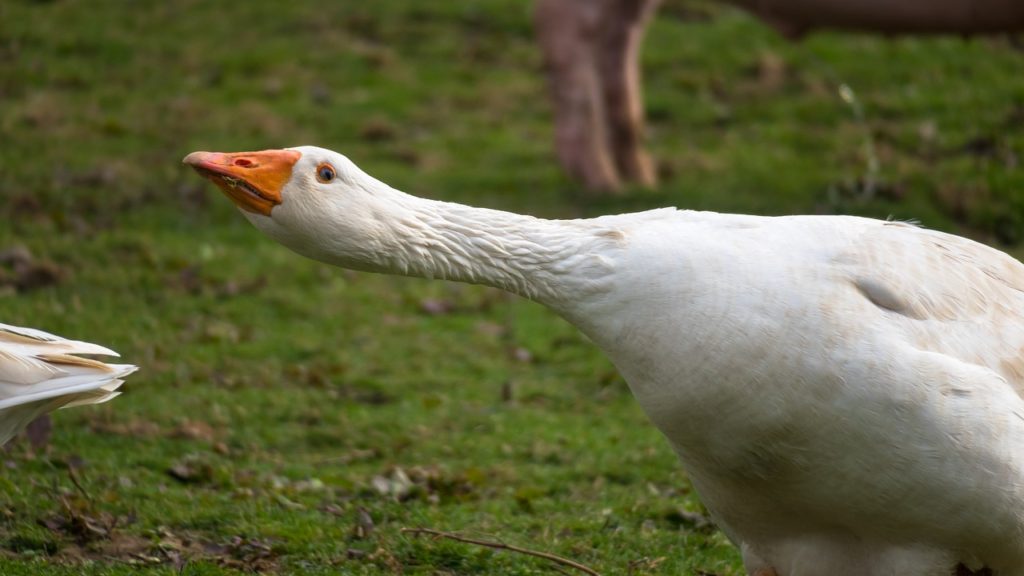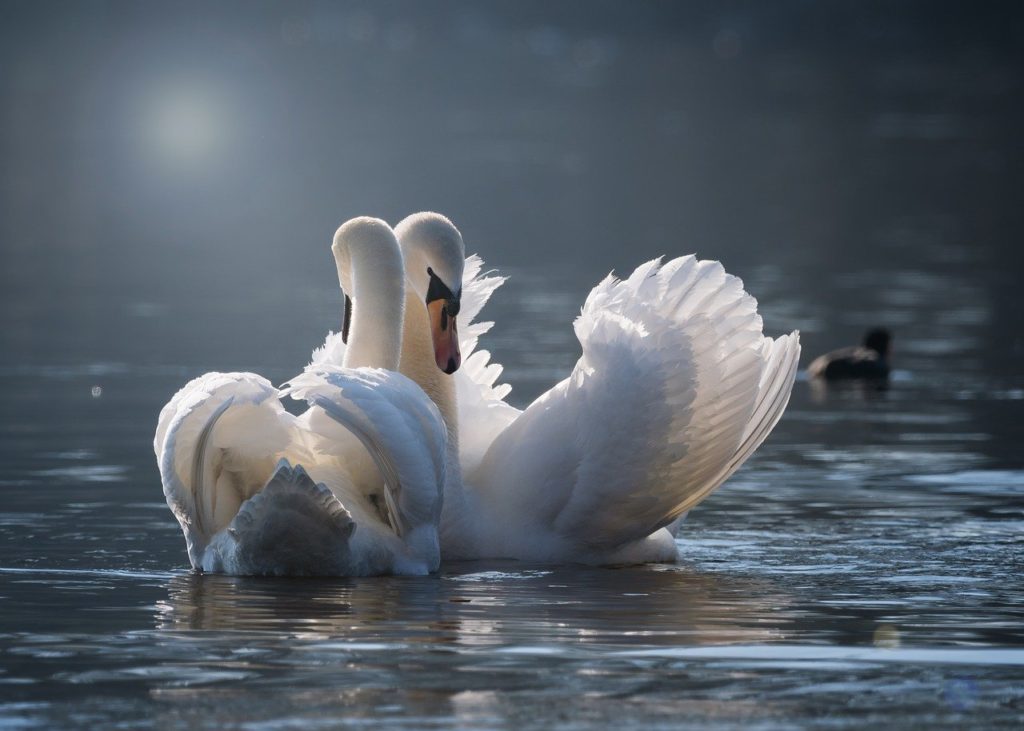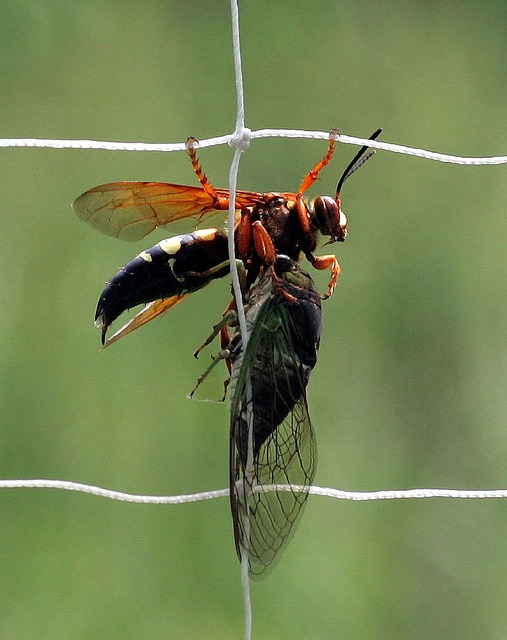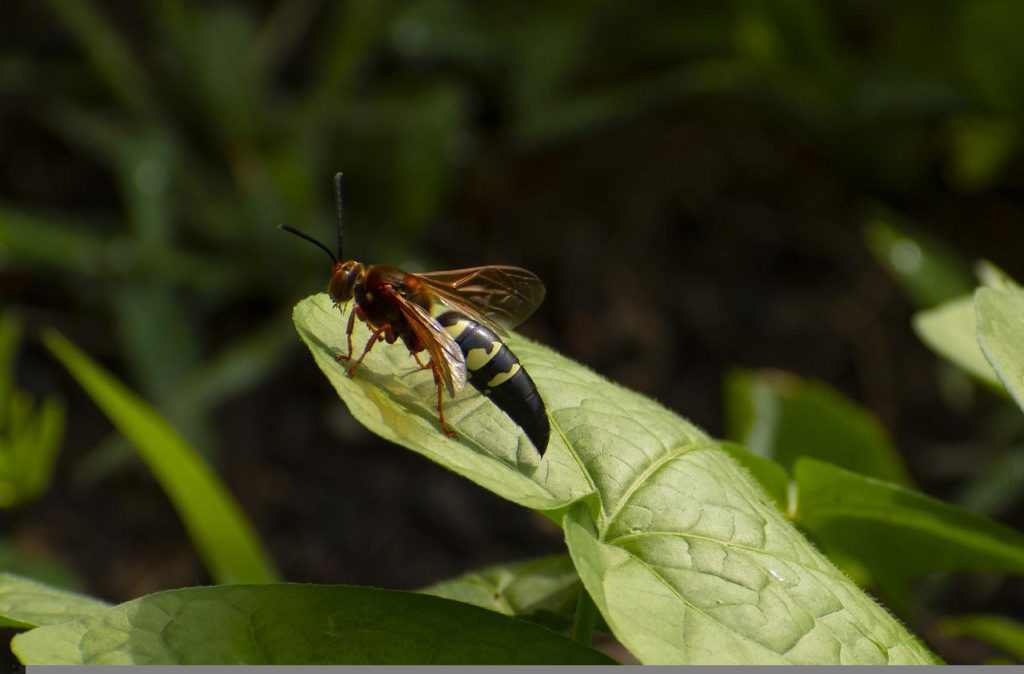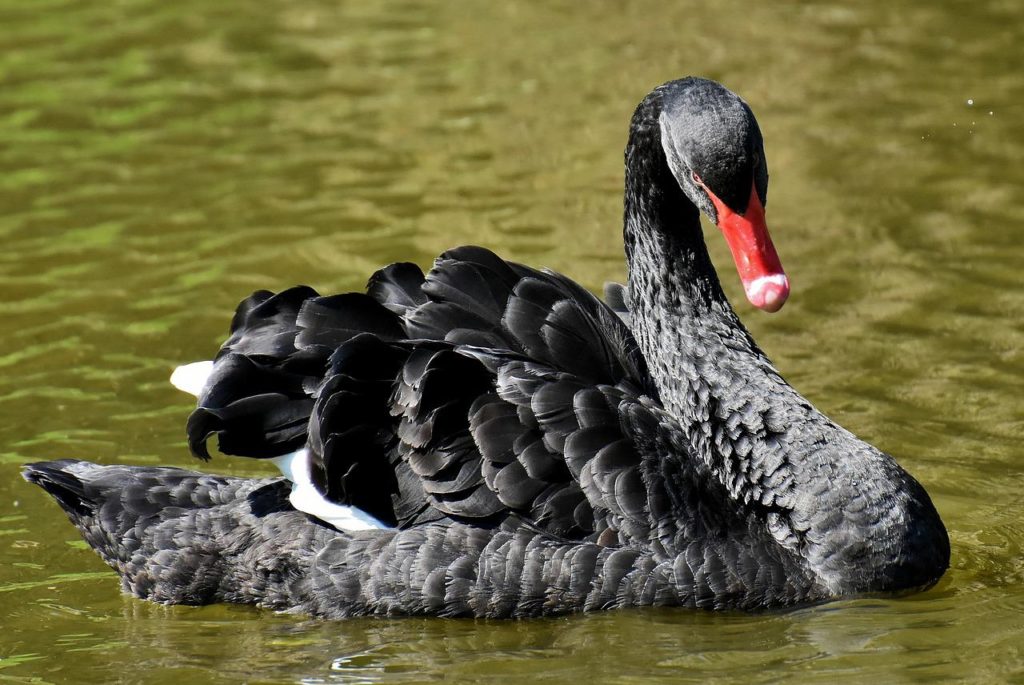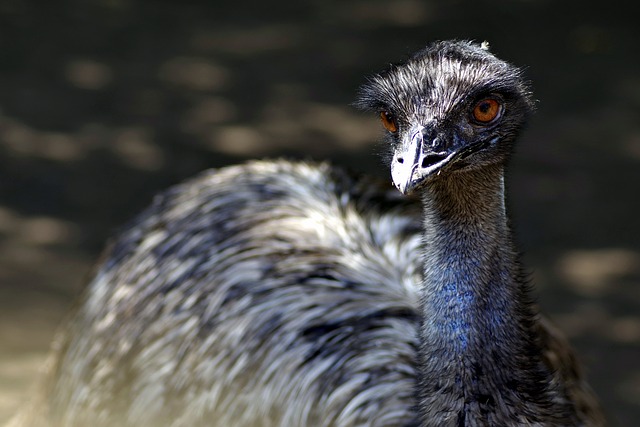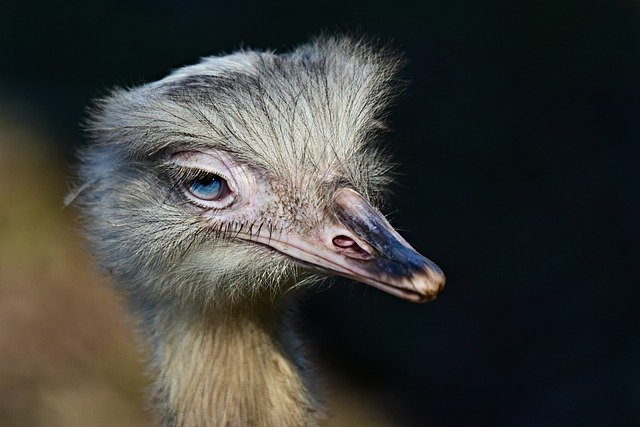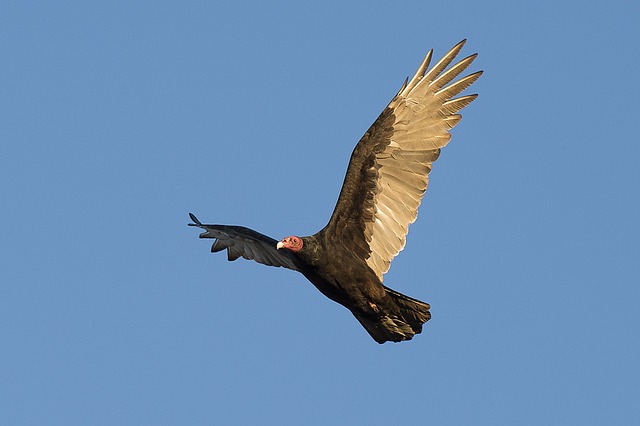
The turkey vulture, also known as the turkey buzzard, is a bird of prey with a unique red head. There are many interesting things you’ll want to know about this commonly seen vulture species. So here are the most amazing turkey vulture facts.
The Turkey Vulture Has An Exceptional Sense Of Smell
While many vulture species strictly use their vision to locate food, the turkey vulture relies mainly on its sense of smell. Its olfactory system is the largest of any bird. The turkey vulture relies on its keen sense of smell to help it detect the gas produced by decaying animals which helps to lead it to its next meal. This species also has excellent vision as well.
Turkey Vultures Are Surprisingly Light In Weight
One of the most surprising facts about turkey vultures is just how little they weigh compared to their size. Despite typically having a wingspan of six feet and standing around two and a half feet tall, turkey vultures usually only weigh about four pounds at most. Their wide wingspan and light body allow them to save energy as they soar on thermal currents, rarely needing to flap their wings.
They’re Bald For An Important Reason
Similar to most other vulture species the turkey vulture has a bald head. Having a head with no feathers is important for a bird that feeds on rotting animals. It helps to prevent the carrion along with bacteria and parasites from sticking to it. Scientists also believe it may help to keep them cool.
The Turkey Vulture Is A New World Vulture
The turkey vulture is a member of the New World vultures. This group also includes species such as the black vulture, California condor, and king vulture along with several others. New World vultures are only found in the western hemisphere, have a good sense of smell, and are predominantly black or brown in color.
The Turkey Vulture Is A Scavenger
The turkey vulture diet consists mainly of the decaying flesh of dead animals (carrion), although it does prefer its food to be fresh, having died recently. In fact, they may not eat carcasses that are very rotten. On occasion, they do eat live prey such as invertebrates and small animals.
The Turkey Vulture Head Is Similar To That Of A Turkey
One of turkey vulture fun facts many people want to know about is how this species got its name. And the answer is from the look of its head and plumage. Its bald red head and dark plumage resemble that of a turkey. While adults have a read head, the head of juvenile turkey vultures is gray.
It’s The Most Widespread Vulture Species In The Americas
The turkey vulture has the widest range of any vulture in the New World. Its range extends all the way from southern Canada to the southernmost part of South America.
There Are Five Sub-species Of Turkey Vulture
The 5 sub-species include the Chilean turkey vulture, the Eastern turkey vulture, the Western turkey vulture, and the tropical turkey vulture. A sixth sub-species, C.a.falklandicus, is sometimes included as well. The different subspecies can be distinguished from each other by the intensity of the coloring on their heads.
They Stomp When They’re Nervous
When turkey vultures are in a situation that makes them feel uncomfortable they sometimes stomp one of their feet. For instance, if disturbed in their roost during the nighttime they may stomp on a branch. When landing near an animal that they thought was dead but turns out to still be alive they may stomp on the ground.
Turkey Vultures Are Very Private Birds
One of the lesser-known turkey vulture facts is that these birds are quite private. While many people have seen a turkey vulture in flight from a distance, they are actually very careful not to be seen up close. This makes it difficult to observe their habits. Much of what we know about them comes from observing birds in captivity.
Start Shopping for Birding Supplies!
What Do Crows Eat?
With roughly 40 different species, crows are a common sight in most places around the world. And while most of us are familiar with their appearance and harsh vocalizations, their diet is not as obvious. So what do crows eat? Here's what you'll want to know. What Do...
What Are Crows Good For?
Crows are widely considered to be pests. However, these large and highly intelligent black birds actually serve quite a few important functions in the environment. So what are crows good for? Here's what you'll want to know. Pest And Parasite Management Crows are...
How Long Do Swans Live?
Swans are graceful and beautiful creatures and as such, people have many questions about them. They want to know about their mating rituals, their diet, their preferred habitats, and even their lifespans. How long do swans live for anyway? Swan lifespans actually vary...
Are Crows Good Pets?
People all around the world see and hear crows on a daily basis. Although these intelligent and dark birds are practically ubiquitous, most people don't think of them as being household pets. Are crows good pets? The general consensus is that crows do not make...
Are There Crows In Australia?
Crows are remarkably smart birds that also happen to be extremely adaptable. They navigate unfamiliar circumstances via observation and interaction. Crows reside in locations all over the globe. While they do not live in certain parts of South America, they do reside...
What Do Swans Eat?
Swans are famously long-necked birds that are symbols of romance, love, beauty, and purity. Since these waterbirds have so many admirers, people often wonder about their eating habits, behaviors, and more. What do swans eat, anyway? Swan Basics Swans typically live in...
Birds That Look Like Owls
Owls are typically solitary and mainly nocturnal birds. And although these well-known hooting creatures have a rather distinctive physical appearance, there are actually various other kinds of birds that resemble owls closely. And people sometimes mix them up. So...
Why Are Swans Protected?
Swans are graceful and gorgeous creatures. They also happen to have protection in the United Kingdom, interestingly enough. Why are swans protected there, anyway? And does the Queen own all the swans? Yes, she actually owns any mute swans that are unclaimed in both...
Birds With Teeth
Birds do not have teeth. However, there are quite a few that really look like they do! These birds have evolved special beaks which help them to perform important functions. So here are some of the most amazing birds with “teeth,” and what you’ll want to know about...
Do Geese Fly?
Although geese are clearly birds, there are many individuals who do not necessarily associate them with flying. So, do geese fly? The honest answer is that these waterfowl do. They do not exactly slouch in the flying department, either. Many people are pleasantly...
Are Geese Dangerous?
Geese, in brief, are waterbirds that are quite substantial in size. Since they're often spotted on golf courses, at schools, and in community parks, people understandably tend to wonder whether they're safety threats. Are geese dangerous? Why Geese Attack...
Do Swans Mate For Life?
Swans are famously elegant waterbirds that are known for their sizable bodies, webbed feet, and lengthy necks. People often associate them with romantic imagery and monogamy. Do swans mate for life? You can find the response to that common and rather fascinating...
When Do Cicada Killers Come Out?
Whether you dread them each year or are waiting for them to emerge and control the cicada population you may be wondering, “When do cicada killers come out? The answer is they come out each summer in late June or July. Here’s what you’ll want to know. Cicada Killer...
Are Cicada Killers Dangerous?
One look at one of these huge wasps buzzing around, your yard, and it’s only natural to ask, “Are cicada killers dangerous?” Fortunately, these wasps are mild-mannered. But here’s what you’ll want to know. Cicada Killer Wasps Basics Cicada killers emerge from the...
What Are Black Swans?
What are black swans? Black swans (Cygnus atratus) are sizable waterbirds. This species primarily appears in Australia's southwestern and southeastern portions. The black swan is nomadic in its homeland. This bird, true to its name, is mostly black. Although the bird...
What Do Cicada Killers Eat When There Are No Cicadas?
What do cicada killers eat when there are no cicadas? Well, while cicada killer wasps do hunt cicadas, the adults don’t actually eat them or kill them, their young do. Read on to learn more! The Cicada Killer Diet While you may have seen cicada killer wasps flying...
Do Cicada Killer Wasps Sting?
As one of the biggest species of wasp in North America the cicada killer wasp can be intimidating. And because of their size, appearance, and scary-sounding name, many people wonder, “Do cicada killer wasps sting? The answer is yes and no, and here’s what you’ll want...
Emu Facts
Did you know? One emu egg can make an omelet that can feed up to six adults. Did you know that the emu is the only bird with calf muscles? Can an emu walk backward? Let us find out by exploring some of the most jaw-dropping emu facts. Emus Have Amazingly Powerful Legs...
Rhea Facts
Doting dads, did you know the male rhea builds the nest, incubates the eggs, and takes care of the young? The rheas are paragons of parental care. It’s a bird like no other, and you will be surprised by the following rhea facts. Rheas Are One Of The Best Dads In The...
